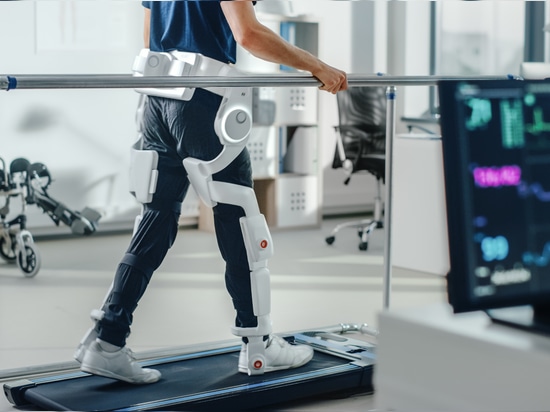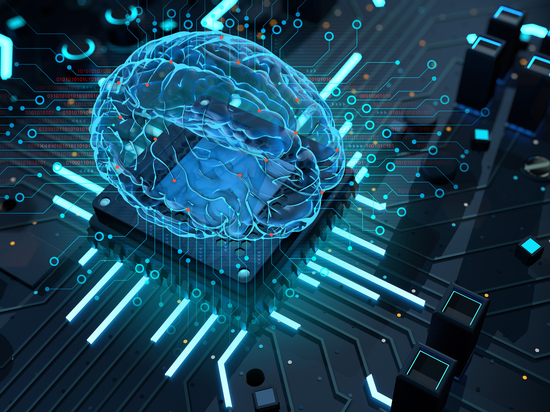
#Industry News
4 KEY USES OF ARTIFICIAL INTELLIGENCE IN CHRONIC CARE MANAGEMENT
Can AI help patients with non-curable illnesses?
Asthma, arthritis, diabetes, and other chronic diseases such as heart disease affect about half of all adults in the US. Worldwise, chronic diseases account for more than 90 percent of the morbidity and mortality rates among First-World nations.
And it gets worse. Did you know:
Chronic diseases, per the CDC, are a leading cause of death and disability in the US.
The US healthcare system spends approximately $1.65 trillion a year treating patients with one or more chronic diseases. And of those patients, 12 percent who have five or more chronic conditions account for 41 percent of total healthcare spending.
An estimated 4.4 million hospital admissions, per the US Agency for Healthcare Research and Quality, cost healthcare $30.8 billion. Half of that figure goes to treat heart disease and diabetes complications.
An American Public Health Association study shows the healthcare industry could save up to $218 billion per year by preventing the most common chronic diseases.
The public and private sectors have huge incentives to reduce chronic disease. Many are turning to artificial intelligence (AI)for Chronic Care Management (CCM). Specifically, four areas are being considered:
Prevention of CCM
Detection of CCM
Diagnosis of CCM
Treatment of CCM
Prevention, or Stop the Disease Before it Happens or Gets Worse
AI-algorithms are being used to prevent the diseases from happening in the first place. They do so by shifting through the vast amounts of EMR patient data to identify those at risk for heart disease, hypertension, and other chronic diseases. Afterwards, patients would be met by healthcare staff to discuss preventive treatments like:
Vaccinations
Blood pressure medications
Dietary advice
Results from some of these AI-programs have proven to be surprising. In a 2018 study, researchers at Google reviewed patients’ retinal scans. They were able to identify which patients would suffer a heart attack or other cardiac problem within five years with 70 percent accuracy.
Detection, or Near-Continuous Monitoring for Changes
Telehealth for chronic care management has dramatically expanded healthcare’s scope to watch patients and their conditions. In the past, providers and other medical professionals would check up on the patient’s condition at scheduled appointments or in the hospital. Now, thanks to wearables and remote patient monitoring systems, patient vitals like weight, blood pressure, temperature, oxygen levels, and more can be monitored continuously from remote locations.
Unfortunately, the amount of information coming in is enormous. This is where AIs come in. They can, depending on their algorithms, process at lightning speed a large amount of data. They can alert the provider if the patient is having a major asthma attack, or if their blood sugar levels have remained steady over several weeks under the new diabetic medications.
Another way AI is being used with CCM is communication. Certain forms of chronic pain can be hard to diagnose. This is especially the case from patients who can’t communicate or easily express themselves during doctor appointments. A well-known example is after the patient has suffered a major stroke. Paralysis to muscles and mental disorientation may make it near-impossible for the patient to answer the provider’s questions.
Another example is when the patient experiences pain sporadically or under certain conditions outside the medical office. A telemedicine device with an AI paired with facial recognition software can possibly help. It can monitor the face muscles of such patients. After they experience a bout of pain, the program can provide a score on the pain chart. The clinician can then adjust treatment plans accordingly.
AI-detection can also be used to help minimize the readmission of patients. Machine Learning (ML), which is a specific subset of AI, can comb through the patient’s health records and other data like social determinants of health (unhealthy living conditions at home, lack of readily accessible transportation to a nearby medical clinic) to predict if there’s a high chance of readmission. If there is healthcare staff can then act to reduce its likelihood by providing frequent visits from social workers or even free transport for checkups.
There are major incentives to reduce readmissions. Returning patients cost Medicare between $15 to $20 billion each year. The hospitals suffer as well as they’re penalized financially for each one.
Diagnosis, or Finding the Best Treatments Right Now
Clinicians have to scroll through tons of data to figure out that patient’s current condition and best course of action. This is especially true for radiologists and pathologists, who deal with thousands of slides, samples and other thousands of bits per day.
Machine Learning and Deep-Learning (DL) algorithms, which are subsets of artificial intelligence, are being tested as possible aids. They do so by suggesting pathologies for a patient’s chronic condition. This could dramatically speed up the provider’s work since only the most appropriate information would be displayed on their medical tablet.
Case in point is the analysis of medical images. Researchers from the UK-based NHS Foundation compared the accuracy of finding diseases through DL-programs versus examination by clinicians. In certain studies, DL was found to be just as accurate as the doctors themselves.
Treatment, or Customizing the Right One for the Patient
Finally, healthcare is looking to AI to work with the patient to manage their health. This includes those under CCM.
How? The medical staff, after going through the patient’s vitals and history via ML, DL, and other forms of AI, can provide suggestions tailored to the unique wants and needs of each patient. This results in more personalized care, less waste in ineffective treatments, and positive outcomes for everyone involved.
Virtual nurses are one example of this new form of “custom care”. Based on AI, they can help patients stay on track by:
Recording vital data weight and blood pressure
Calculate risk assessments
Issue reminders and even interventions if patient strays from treatment
Closing Thoughts
CCM is a big part of healthcare from the sheer number of patients needing treatment to the prohibitive costs. The healthcare industry is turning to tools like AI to aid medical clinics and hospitals via chronic disease prevention, detection, diagnosis, and treatment.
Contact Cybernet Manufacturing if you’re interested in learning more about the benefits of artificial intelligence in the management of chronic disease for your medical group, clinic, or hospital.








